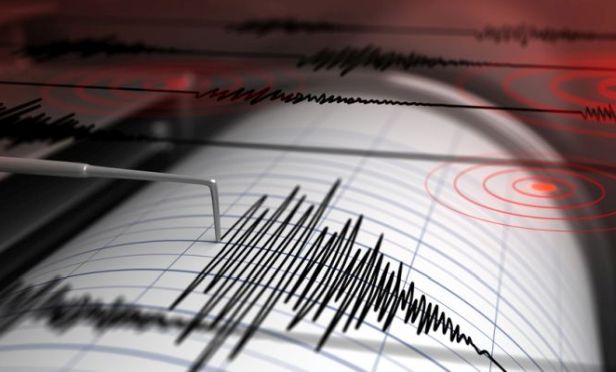
This story is reprinted with permission from FC&S Legal, the industry'sonly comprehensive digital resource designed for insurancecoverage law professionals. Visit the website to subscribe.
|A magnitude 7.0 earthquake along the Hayward fault under the SanFrancisco East Bay followed by 16 aftershocks ranging in magnitudefrom 5.0 to 6.4 could result in more than 1.1 million homessustaining visible damage, with a smaller number expected to befunctionally impaired.
|Related: It's time to talk to your insureds about earthquakecoverage
|Total damage to private property for the entire scenario isestimated to be about $170 billion, with only a small fraction ofdamages insured, according to a new report by CoreLogic.
Low purchase rate of earthquake insurance
In a statement, CoreLogic estimated insurance payments toproperty owners of approximately $30 billion, less than 20% of theoverall damage, primarily due to the low purchase rate ofearthquake insurance.
|Related: Earthquake impact could double for Northern andSouthern California
|The $140 billion financing shortfall presents a real risk toeffective regional recovery, in the company's opinion. It addedthat the potential for systemic impacts triggered by the lack ofinsurance was a particular concern as a significant portion of theproperty that would be damaged by the earthquake serves ascollateral for property mortgages.
'Realistic portrayal'
According to Tom Larsen, principal for industry solutionsat CoreLogic, the scenario “is not a prediction of events to come,but it is a realistic portrayal of a series of earthquakes thatcould credibly occur along the Hayward fault.”
|CoreLogic's analysis, he added, “evaluates the interactionbetween the physical aftermath of the events, with earthquakes andaftershocks occurring over time, and the financial world ofinsurance policies. Assessing that interaction can help determinehow such a catastrophic event, in conjunction with the lowpenetration rate of residential and commercial earthquakeinsurance, can have significant and long-lasting damage on thepeople and economy of the region.
|“With a better understanding and a practical planning scenariofor the effects of an earthquake, we can begin to rethink how weplan for and respond to these disasters and thus improve ourability to recover,” said Larsen.
|Related: CoreLogic releases annual Natural Hazard Riskreport for 2017
|Victoria Prussen Spears, Esq., ([email protected]) is associate directorof FC&S Legal, editor of the Insurance Coverage LawReport, and senior vice president at Meyerowitz CommunicationsInc.
Want to continue reading?
Become a Free PropertyCasualty360 Digital Reader
Your access to unlimited PropertyCasualty360 content isn’t changing.
Once you are an ALM digital member, you’ll receive:
- All PropertyCasualty360.com news coverage, best practices, and in-depth analysis.
- Educational webcasts, resources from industry leaders, and informative newsletters.
- Other award-winning websites including BenefitsPRO.com and ThinkAdvisor.com.
Already have an account? Sign In
© 2024 ALM Global, LLC, All Rights Reserved. Request academic re-use from www.copyright.com. All other uses, submit a request to [email protected]. For more information visit Asset & Logo Licensing.








